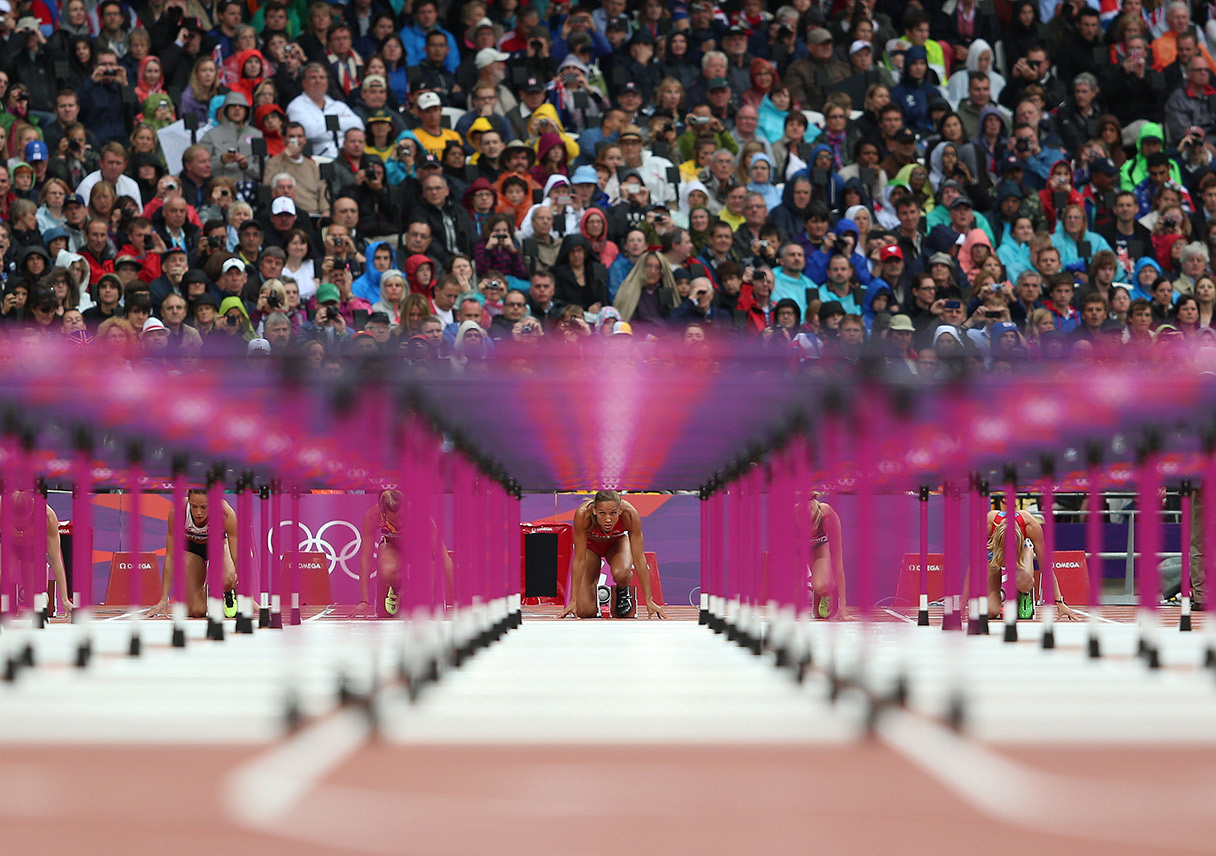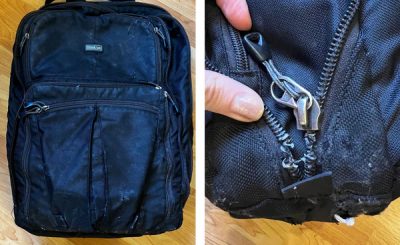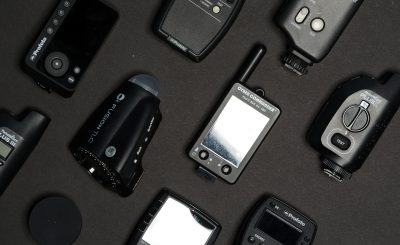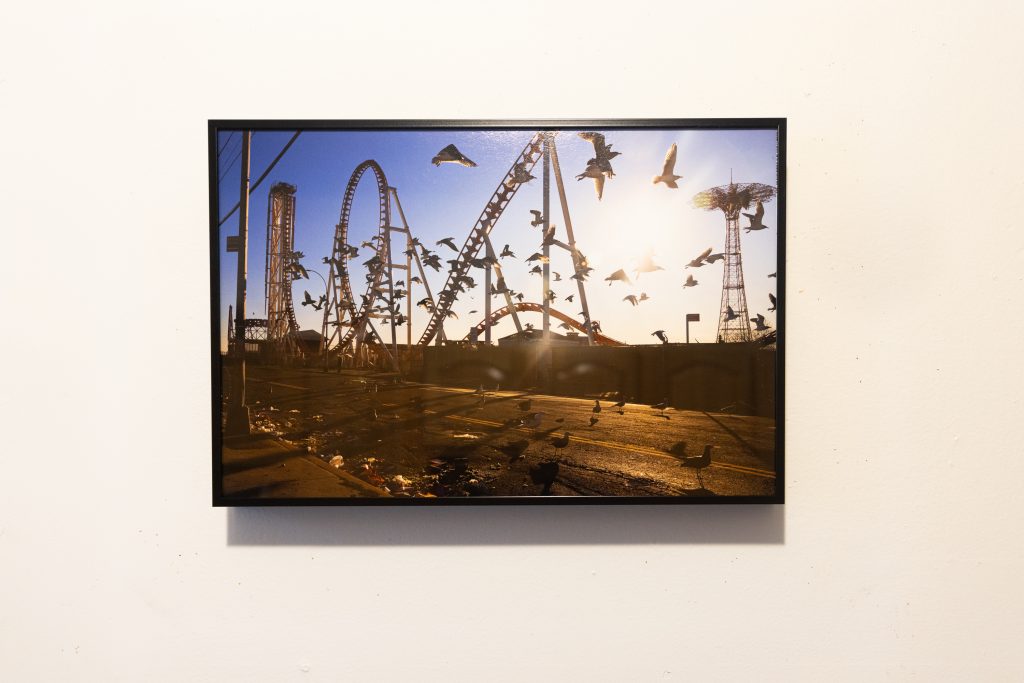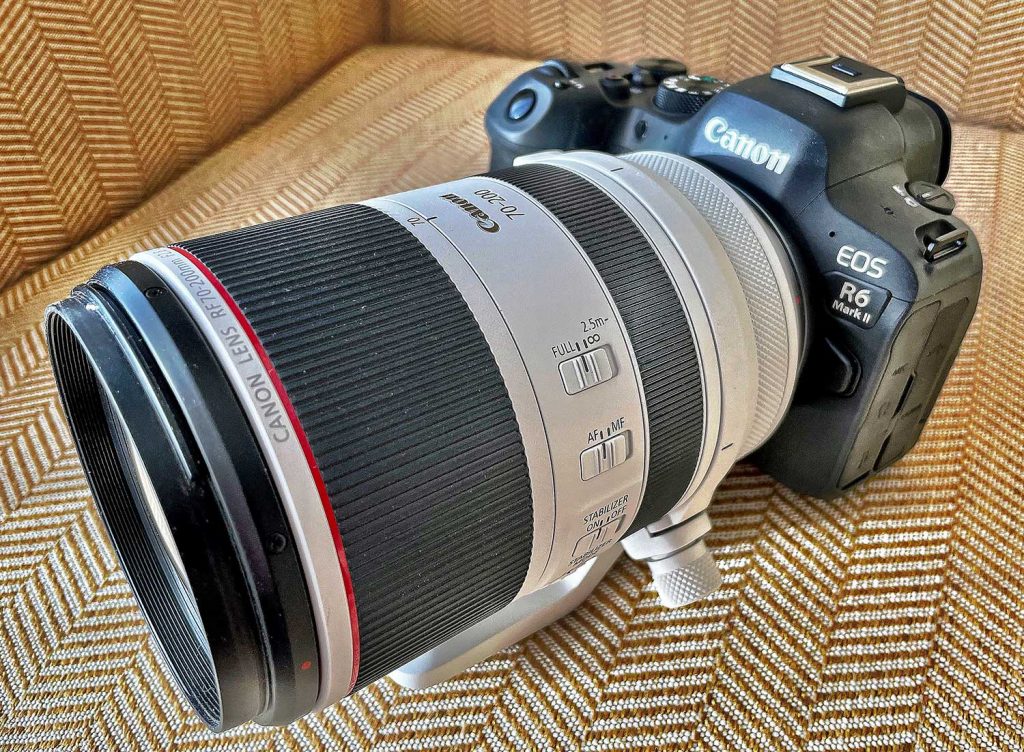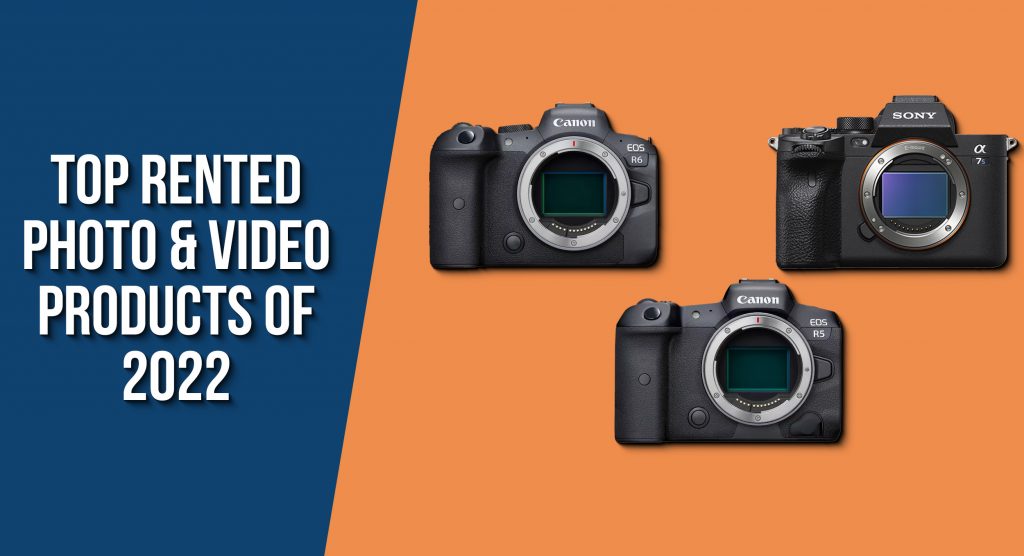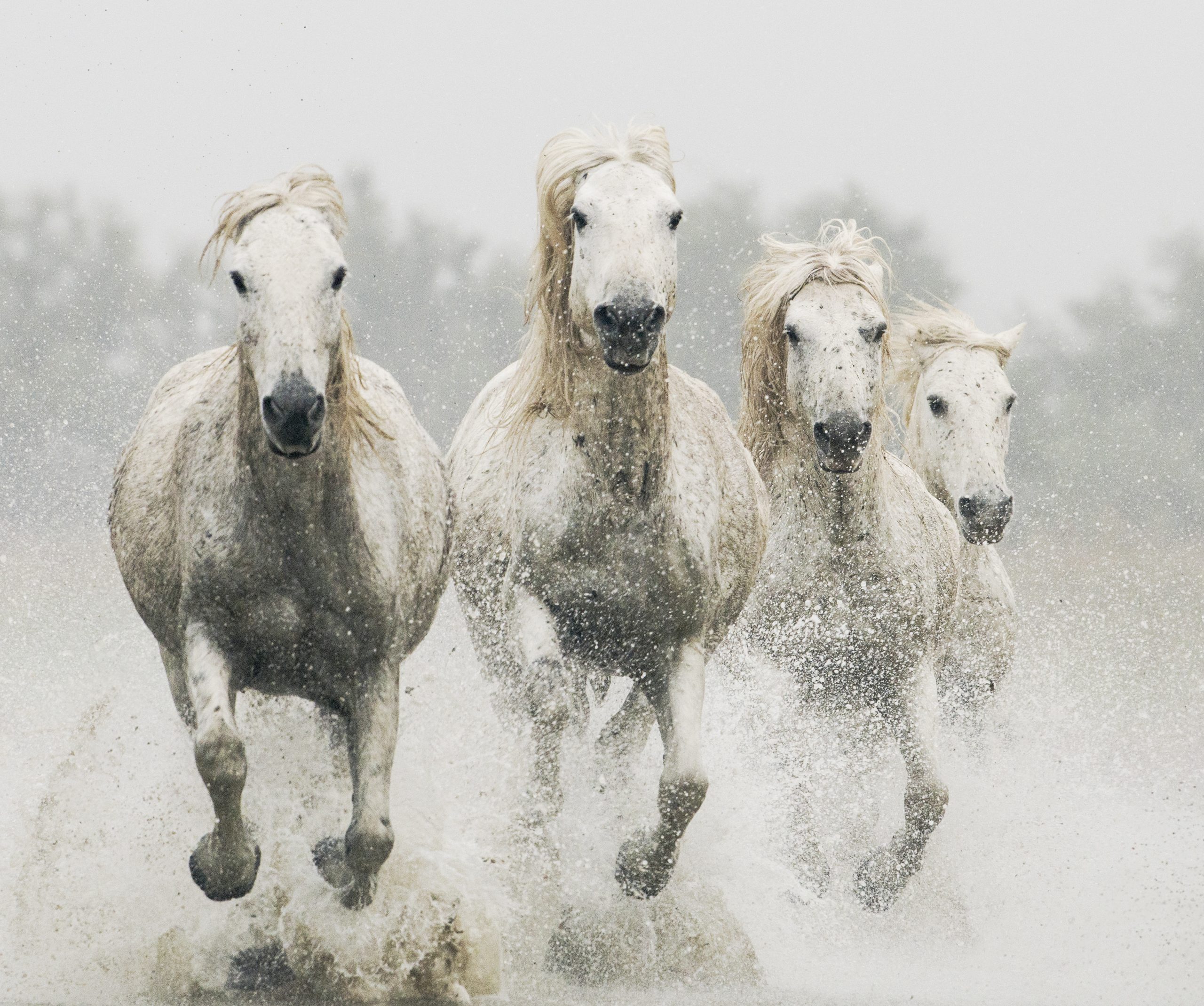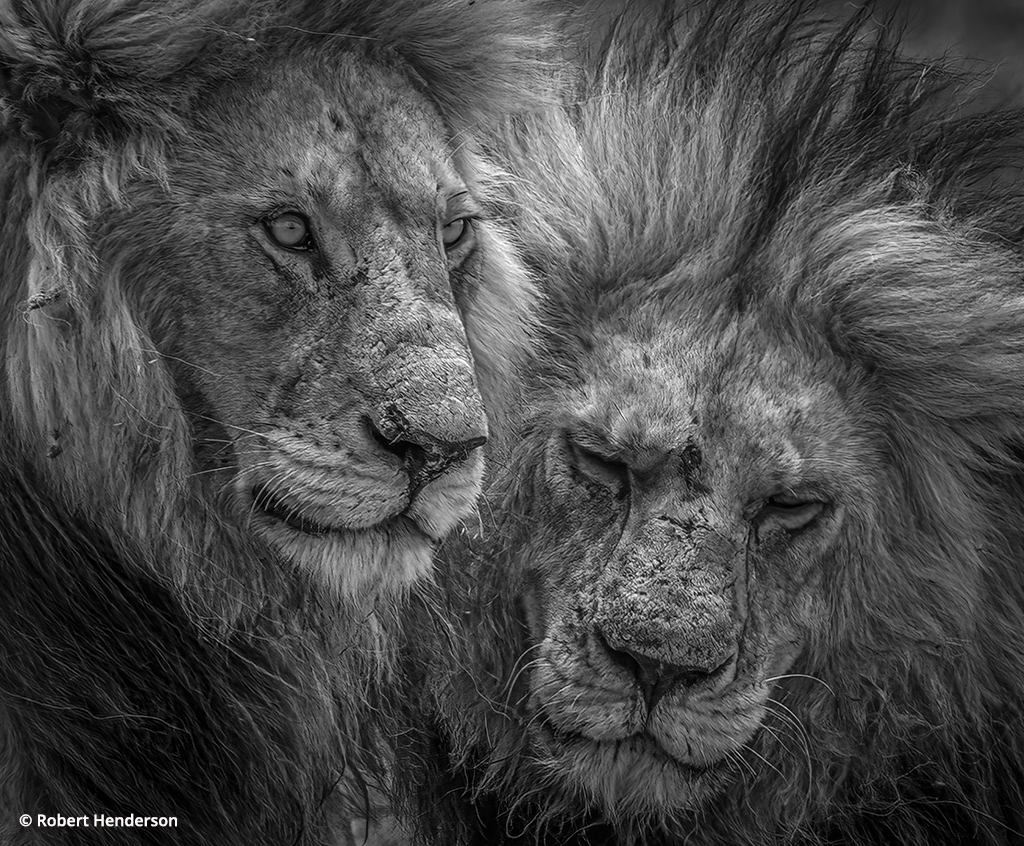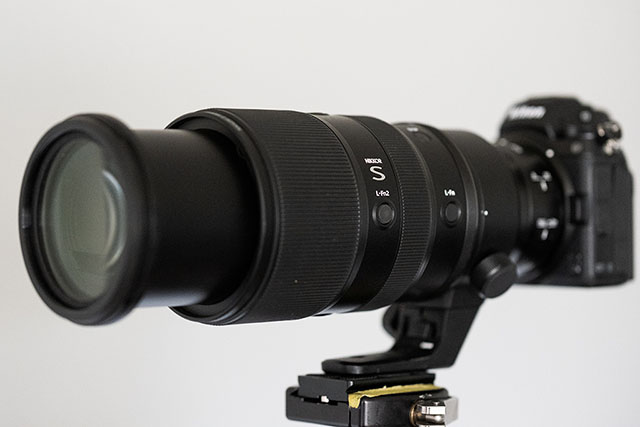Sports photography is one of the most popular genres of photography during the warmer months. It’s an excellent way to hone your skills at capturing a decisive moment that will be useful in a ton of styles of photography. It offers a unique opportunity to explore new techniques in capturing fast action and experimenting with interesting compositions. In a new blog post Lensrentals share insight on how to select the right gear and fine-tune your camera’s settings to capture the big game.
Choosing a lens
Choosing the right focal length depends a lot on what sport you are shooting. If you are photographing a sport that requires you to be at the sidelines you will probably want a telephoto lens or a super telephoto to capture the action. If you are shooting something where you can be close to the action a wider lens is a good choice. Most professional sports photographers prefer to use prime lenses over a zoom—prime lenses typically make for sharper images and their wide apertures make for images with shallower depth of field. If you are a bit of a greener photographer you might prefer a zoom lens that covers multiple focal lengths. Modern lenses have autofocus technologies built directly into them. Lenses with Ultrasonic Motors will focus faster than aliens with a standard electric motor, while lenses with Focus Limiter switches allow you to limit the lens to autofocusing only at its longer focal lengths—making for a much faster autofocus time.
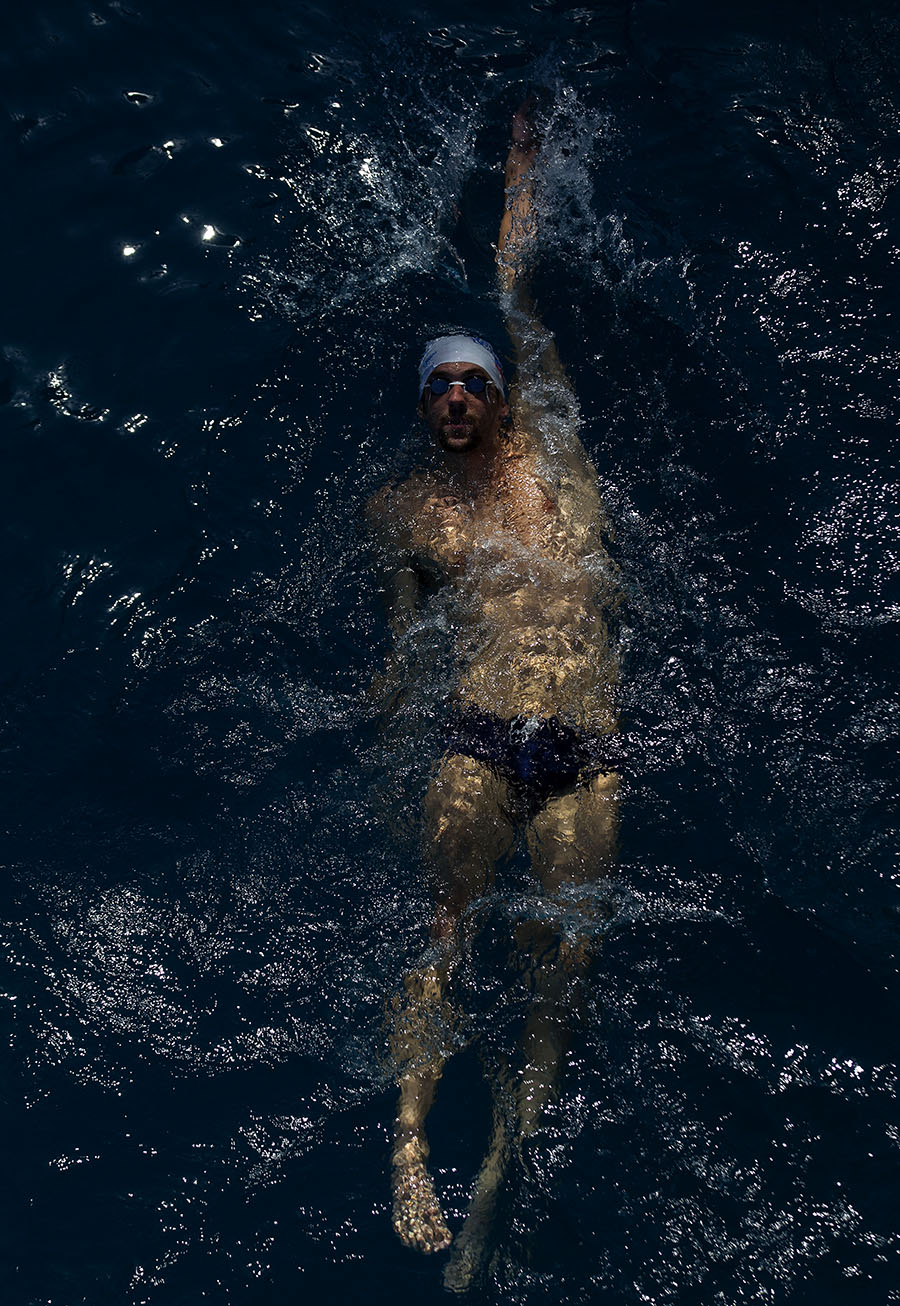
Burst speeds
Cameras with fast burst speeds are ideal for shooting sports. It’s one of the few styles of photographer where it’s actually ideal to overshoot. Look for a camera that can shoot at least 10 frames per second and don’t forget to invest in fast memory cards that can keep up with the camera’s buffer. Shooting jpgs rather than RAW files will increase how quickly you can shoot.
Selecting a shutter speed
Generally speaking you will want to make sure that your shutter speed is equal to your focal length to help avoid images with camera shake, but when you are shooting sports a fast shutter speed is typically the best option. A shutter speed of 1/250 second might work for a baseball game, but if you are shooting race cars or motorcycles you will want to increase it to avoid too much motion blur.
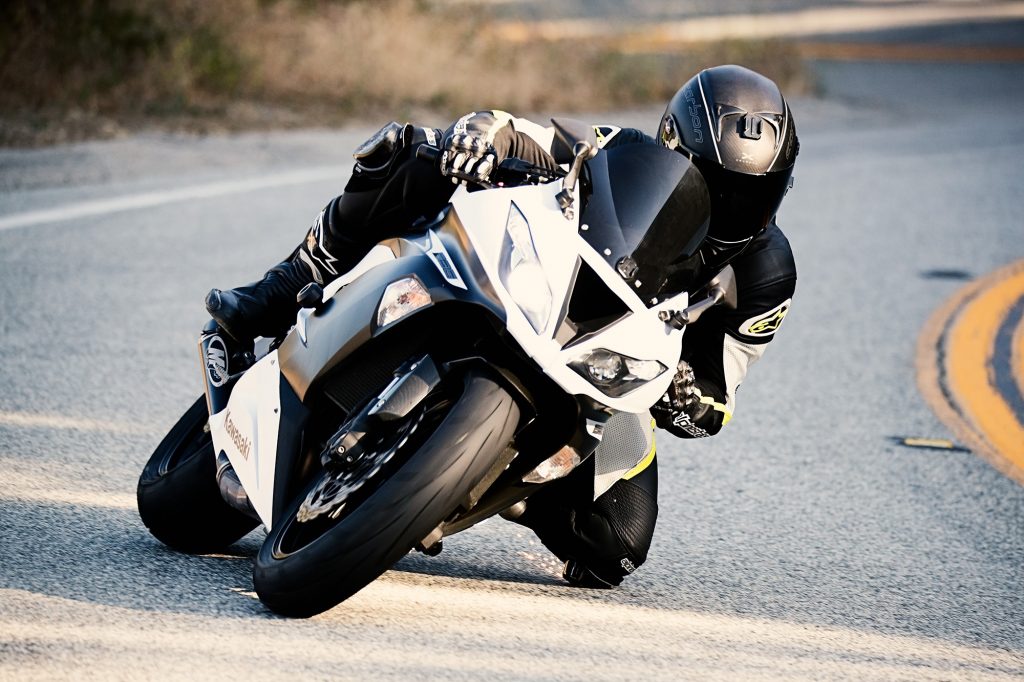
Set your Focus Point and Metering
Outdoor sports tend to be high-contrast shooting scenarios. A center point autofocus will let you pick the focus point rather than letting the camera do it for you. Changing your setting to spot metering will also help you make accurate exposures on days when there is a high contrast between the athletes and the field that they are playing on. If you’re shooting on a sunny day try to keep the sun behind you for the best results. If the sun is behind your subject images will be way more contrasty. Overcast days are best for shooting sports outdoors, a cloudy day will lower the contrast and make it much easier to meter.
Capture the In Between Moments Too
Some of the most iconic sports photos happen when the game isn’t in play. Look for interesting moments before and after the game begins to capture shots of athletes analyzing their next moves or celebrating a big win.
Check out more tips on the best gear to photograph outdoor sports over on the Lensrentals blog.
